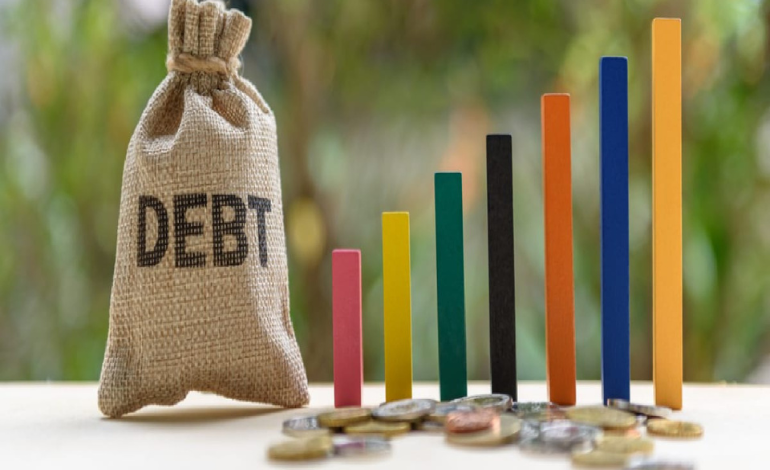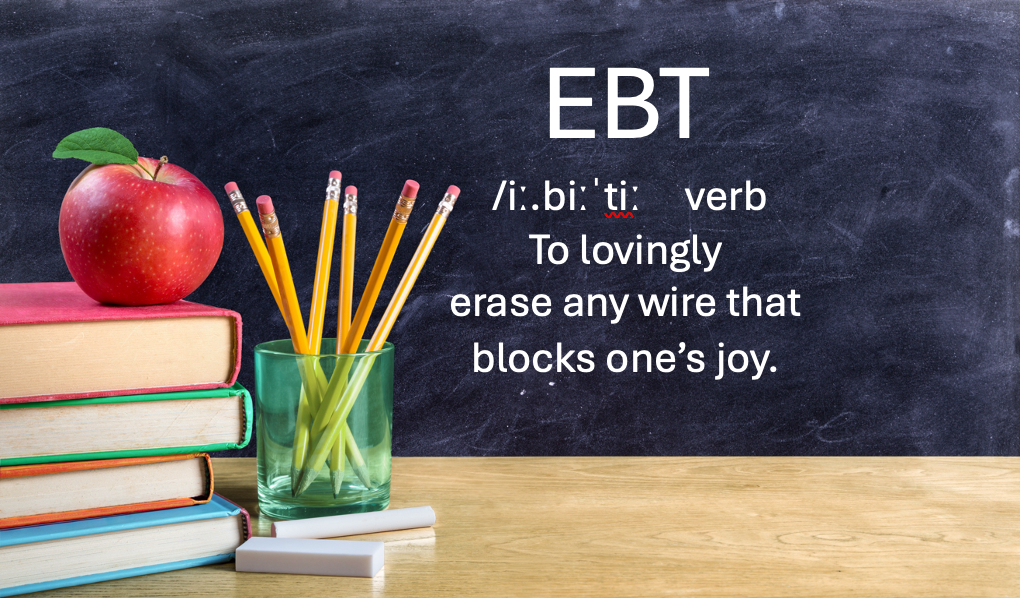The fight for debt transparency is changing because to creditors.

Sustainable development requires complete and accurate statistics on the debt of nations that borrow from the World Bank. By using this data, lenders may make sustainable and well-informed borrowing decisions, allowing for investments in important social goods like infrastructure, healthcare, and education. Additionally, it lessens corruption and averts unsettling debt situations.
Through its Debtor Reporting System (DRS), the World Bank has been gathering and collating external debt data since 1952 as part of its commitment to enhanced debt data transparency. Debt transparency has always been mostly the responsibility of borrower nations. Recent data-sharing initiatives between the World Bank and lending nations, however, have demonstrated that working with creditors to validate borrower-reported data can greatly enhance the transparency and quality of debt data.
The starting point
Borrower nations have been primarily responsible for debt transparency for the most of that time. And they still do that now. However, methodically balancing debtor and creditor information is the best approach to confirm the accuracy of debt data and fill in data gaps. As demonstrated by recent data-sharing exercises between the Paris Club and G7 lending nations and the World Bank, collaborating with creditors to confirm borrower-reported data specifics can significantly improve the transparency and dependability of debt data.
In 2022, the World Bank started working with key creditor countries to align their loan records to the world’s poorest countries, which are eligible for International Development Association (IDA) support, with the loan data that those borrowers provided to the DRS.
The first experiment contrasted debtor and creditor data from 2021 and involved 18 countries. They comprised all of the Group of Seven (G-7) nations as well as eleven additional members of the Paris Club, an unofficial association of 22 important creditor nations that was established almost 70 years ago to address debt issues in debtor nations.
It was a huge success by all standards. Loan data provided to the DRS by a borrowing country matched almost 90% of creditor claims on IDA-eligible countries. The exercise also determined the main cause of the discrepancy between borrower and creditor data, which was the delay in documenting debt forgiveness and rescheduling. The debt team worked with national offices to rectify this disparity by resolving the borrower and creditor reporting concerns. The overall margin of error between the two sources was lowered to about 2 percent thanks to our two-pronged strategy.
Increasing the momentum
The World Bank carried out another data-sharing experiment last year, concentrating on loan data from 2023, building on the success of the 2022 operation.
The outcomes were even more robust than the data from 2021. Approximately 94% of the outstanding debt that the borrowers reported to DRS was matched with claims from creditors with a discrepancy of less than 1%. This outcome suggests that the debt data entered into the DRS is highly accurate. Naturally, a near-perfect match—with little to no discrepancy between debtor and creditor data—is the aim.
Expecting greater openness
With assistance from a larger group of creditors, including G-20 countries and any additional lending nations that wish to take part, the Bank will keep pushing for data exchange and reconciliation in order to reach that goal.
The best method to guarantee that debt sustainability analyses are founded on a reliable account of current debt commitments is to conduct regular data exchange exercises and reconciliation. This reduces the possibility that debt would grow to unmanageable levels and makes it possible for creditors and debtors to act swiftly to address debt crises when they do arise.
For a long time, the World Bank depended almost entirely on borrowers to provide the information lenders needed to make wise and well-informed loan choices. However, the Bank is gradually increasing the accuracy and comprehensiveness of borrowing country debt by comparing information provided by the borrower with loan details from creditors. By doing this, it contributes to the additional loans that make development possible.





